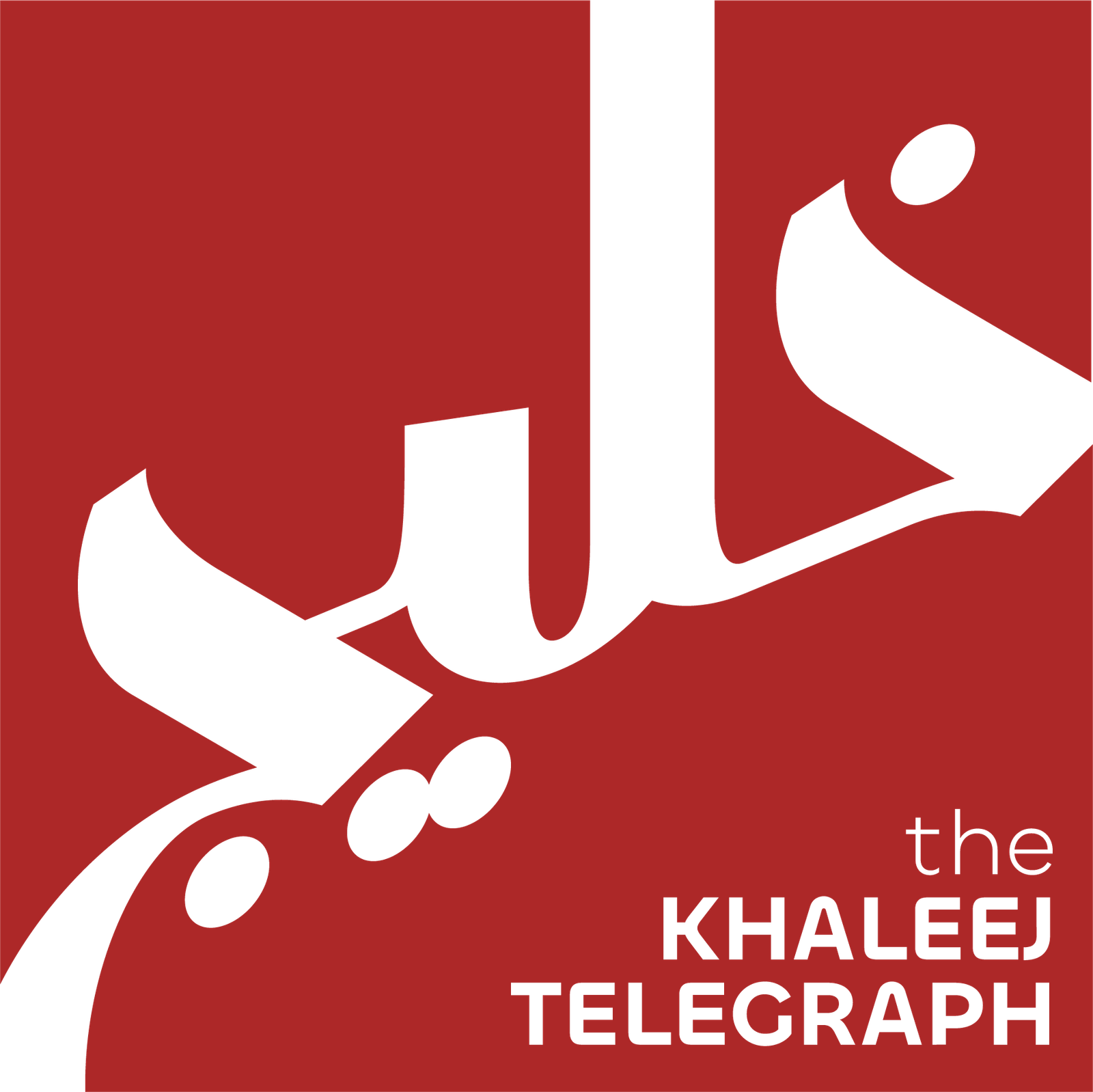Basrah Medium crude rose to $70.40 per barrel in September, up 80 cents from August. The increase demonstrates Iraq’s resilience amid market volatility.
Over the first nine months of 2025, Basrah Medium crude averaged $70.99 per barrel. Last year, it reached $80.42. Analysts link this decline to fluctuating global demand and persistent supply concerns.
Meanwhile, OPEC’s reference basket fell to $67.92 per barrel in September, down from $69.82 in August. Traders continue to monitor shifts caused by geopolitical tensions and market uncertainty.
Within OPEC, Saudi Arabia’s Arab Light led at $72.62 per barrel, followed by the UAE’s Murban crude at $72.16. Iraq’s oil production ranked third among member nations, reinforcing the country’s regional influence. Experts note that Iraq’s consistent output supports energy negotiations and maintains its international presence.
Iraq exports about 70% of its crude to Asia, 20% to Europe, and 10% to the United States. Strong overseas demand ensures that Basrah Medium crude remains a vital commodity for global markets. Analysts emphasize that steady exports bolster Iraq’s economy and reinforce energy security worldwide.
Market observers point out that rising oil prices occur alongside ongoing supply worries and infrastructure challenges. Continued investment in production facilities may stabilize output and maintain Iraq’s competitiveness.
Overall, Iraq’s strategy places Basrah Medium crude at the center of its energy portfolio. Its September performance shows that, despite OPEC-wide price drops, Iraq continues to influence global oil markets. With rising demand in Asia and consistent exports to Europe and the U.S., the country maintains a leading role as an energy supplier.


